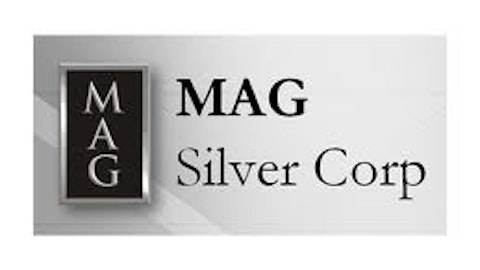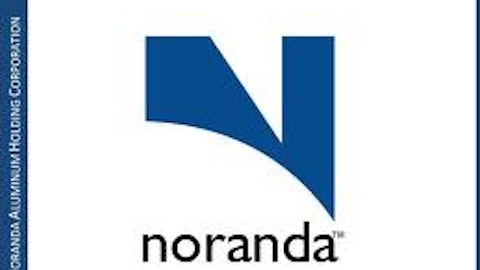Is Sterling Financial Corporation (NASDAQ:STSA) a buy, sell, or hold? Money managers are in a pessimistic mood. The number of bullish hedge fund bets were trimmed by 3 in recent months.
In the eyes of most market participants, hedge funds are seen as unimportant, outdated financial tools of years past. While there are greater than 8000 funds with their doors open today, we look at the top tier of this group, about 450 funds. It is estimated that this group has its hands on the majority of the hedge fund industry’s total capital, and by paying attention to their best equity investments, we have spotted a number of investment strategies that have historically outperformed the broader indices. Our small-cap hedge fund strategy outstripped the S&P 500 index by 18 percentage points per annum for a decade in our back tests, and since we’ve began to sharing our picks with our subscribers at the end of August 2012, we have outpaced the S&P 500 index by 24 percentage points in 7 months (check out a sample of our picks).
Equally as beneficial, optimistic insider trading activity is a second way to parse down the stock market universe. Obviously, there are many reasons for a bullish insider to get rid of shares of his or her company, but just one, very simple reason why they would behave bullishly. Plenty of empirical studies have demonstrated the impressive potential of this strategy if investors understand what to do (learn more here).
Consequently, we’re going to take a peek at the recent action encompassing Sterling Financial Corporation (NASDAQ:STSA).
How are hedge funds trading Sterling Financial Corporation (NASDAQ:STSA)?
At year’s end, a total of 8 of the hedge funds we track held long positions in this stock, a change of -27% from one quarter earlier. With the smart money’s positions undergoing their usual ebb and flow, there exists a select group of key hedge fund managers who were increasing their stakes substantially.
Of the funds we track, King Street Capital, managed by Brian J. Higgins, holds the largest position in Sterling Financial Corporation (NASDAQ:STSA). King Street Capital has a $31.1 million position in the stock, comprising 6.9% of its 13F portfolio. On King Street Capital’s heels is Renaissance Technologies, managed by Jim Simons, which held a $4.3 million position; less than 0.1%% of its 13F portfolio is allocated to the company. Other peers that are bullish include D. E. Shaw’s D E Shaw, Bruce Kovner’s Caxton Associates LP and Cliff Asness’s AQR Capital Management.

How are insiders trading Sterling Financial Corporation (NASDAQ:STSA)?
Insider buying is most useful when the primary stock in question has experienced transactions within the past half-year. Over the last half-year time frame, Sterling Financial Corporation (NASDAQ:STSA) has seen zero unique insiders buying, and zero insider sales (see the details of insider trades here).
Let’s go over hedge fund and insider activity in other stocks similar to Sterling Financial Corporation (NASDAQ:STSA). These stocks are Provident Financial Services, Inc. (NYSE:PFS), Astoria Financial Corp (NYSE:AF), Washington Federal Inc. (NASDAQ:WAFD), Capitol Federal Financial, Inc. (NASDAQ:CFFN), and Northwest Bancshares, Inc. (NASDAQ:NWBI). This group of stocks are in the savings & loans industry and their market caps are similar to STSA’s market cap.





